
Love had little to do with marriage in 19th century America. It was a formal contract, often economical, and romance was generally an incidental perk. After photography grew in popularity, the stiff ceremony of the event could be memorialized as a Cabinet Card; a style of portrait photography, mounted on card.
Frank Maresca, co-owner of Chelsea gallery Ricco Maresca, began collecting such cards several years ago. But it wasn’t until he began looking back through the hundred or so he had acquired, that he realized almost all of the couples hailed from Wisconsin. “I said holy cow, there’s something really strange about this,” Maresca tells TIME. “On the surface they were all couples, all from an approximately 20-year period and almost all of these cards are from Wisconsin.”
This peculiar coincidence and the strangeness of the cards themselves propelled Maresca to do an exhibition; inviting the public into the strange and decidedly prosaic world of 19th Century newly-weds.
Cabinet cards first exploded in popularity because of Queen Victoria and Prince Albert. Though the pair got married in the 1840s, they had their wedding painting recreated 14 years later in photographic form. “That photograph by Roger Fenton was widely distributed all over the world,” says Maresca. The young royals were trendsetters of the time, just as celebrities shape contemporary culture today.
Their picture also heralded the start of photographic portraiture as performance. It’s a reenactment of a happier time; acutely artificial and self-aware. Indeed, the Wisconsin cabinet cards are decidedly frigid. Most couples stand stiffly, either barely touching or with an incongruous object – a table, a plant pot – dividing them apart. “They’re never looking at each other,” says Bill Hunt, a collector, curator and consultant – and former colleague of Maresca. “They’re always looking off into space in this stoned fashion or they’re looking towards the camera.”
The sameness and the subtle differences in the pictures are what first captured Maresca. “I’ve been asking myself, what story is this telling me? It’s certainly telling me something,” he says. But his reasoning for turning the collection into an exhibition was to get people to look closely. “More and more, at least it’s what I see in the art business, if you want to call it that, people want to look at things from a distance. And they want to be satisfied immediately. Fewer and fewer people want to work for their information.”
For Hunt it is the “entirety” of the collection that is so striking. “It’s this whole notion of the collector as artist,” Hunt tells TIME. “So here Frank is conjuring up this vision that I think is really compelling. And I think collectors don’t get enough credit for being artists. A really good collection is such a statement that’s not general.”
The statement being made here is necessarily ambiguous. But so is much of Ricco-Maresca’s offerings over the years. The gallery has added two-dozen names to the canon of American folk artist painters, says Hunt. “They’re all in the Whitney now and they’re at the Met and they were not considered 30 years ago. But now they are,” he adds. To give importance to this peculiar collection elevates vernacular photography to a different level, whilst also offering an offbeat study on the history of marriage in America.
What may surprise today’s audience is the lack of virginal white. At that time, white showcased class more than it symbolized purity. “In the 19th century, life was not as clean as it is now. To own a white garment was a laborious thing,” explains Maresca. “People who wore white usually had a laundress.” The brides in darker hues are likely wearing their “occasion” dress, which would have been a more practical blue or green.
This cross-section of society indicates that cabinet cards were not restricted to the upper classes. Maresca supposes the cost to be around $5 a photo – equivalent to $100 today. Not cheap, but to capture this seminal moment in a couple’s life; priceless. “You look at the wedding business now, which is enormous – it’s an industry to itself,” says Hunt. “So you imagine that in the 19th century when this became a phenomenon it had the same impact.”
The cost reflects the fact that photography was an inexpensive industry at that time. “This takes us back to the idea of the vernacular universe,” says Maresca. “Small studios were set up all over the United States. You just didn’t need a lot to start a photographic studio. It was a relatively simple thing, and it was often very conducive to a mom and pop business.”
Photography studios were also one of the few professions that a woman could succeed in economically. “I guess it was unstigmatized,” says Hunt. “It didn’t have the same stigma that a woman could function in that situation because she had some expertise and you went to her and she wasn’t out on the streets hawking her wares.” It was seen as an extension of the respectable pursuit of Arts and Crafts.
And yet to create a cabinet card was a craft; it is an object as much as it is a photograph. “You see people with a cabinet card and invariably you’ll see them run their hand over it at some point,” says Hunt. “And it’s just like food that they need to consume it physically, not just visually. And they smell good and they look good. That’s part of it.” The cabinet card was made to be held, cherished, or displayed on the mantelpiece. And now, in another life, hung in a gallery.
The Cabinet Cards will form part of an exhibition called “I DO, I DO” at the Ricco/Maresca Gallery in Chelsea, New York, from June 29 – September 9.
Frank Maresca is a collector and curator and co-owner of the Ricco/Maresca Gallery in Chelsea, New York.
Bill Hunt is collector, curator and consultant based in New York and co-founded Hasted Hunt gallery in 2005. Follow him on Instagram.
Alexandra Genova is a writer and contributor for TIME LightBox. Follow her on Twitter and Instagram.
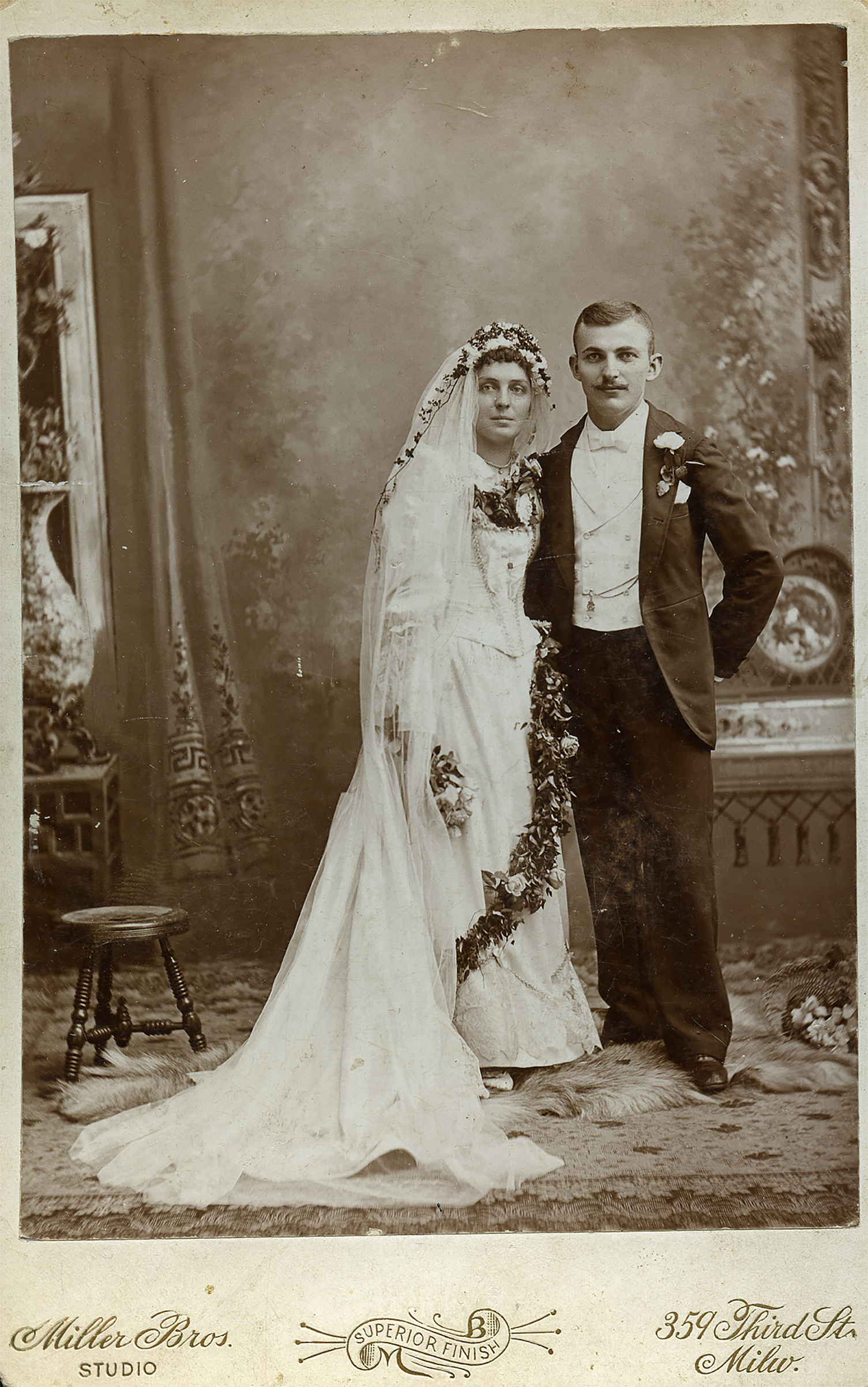
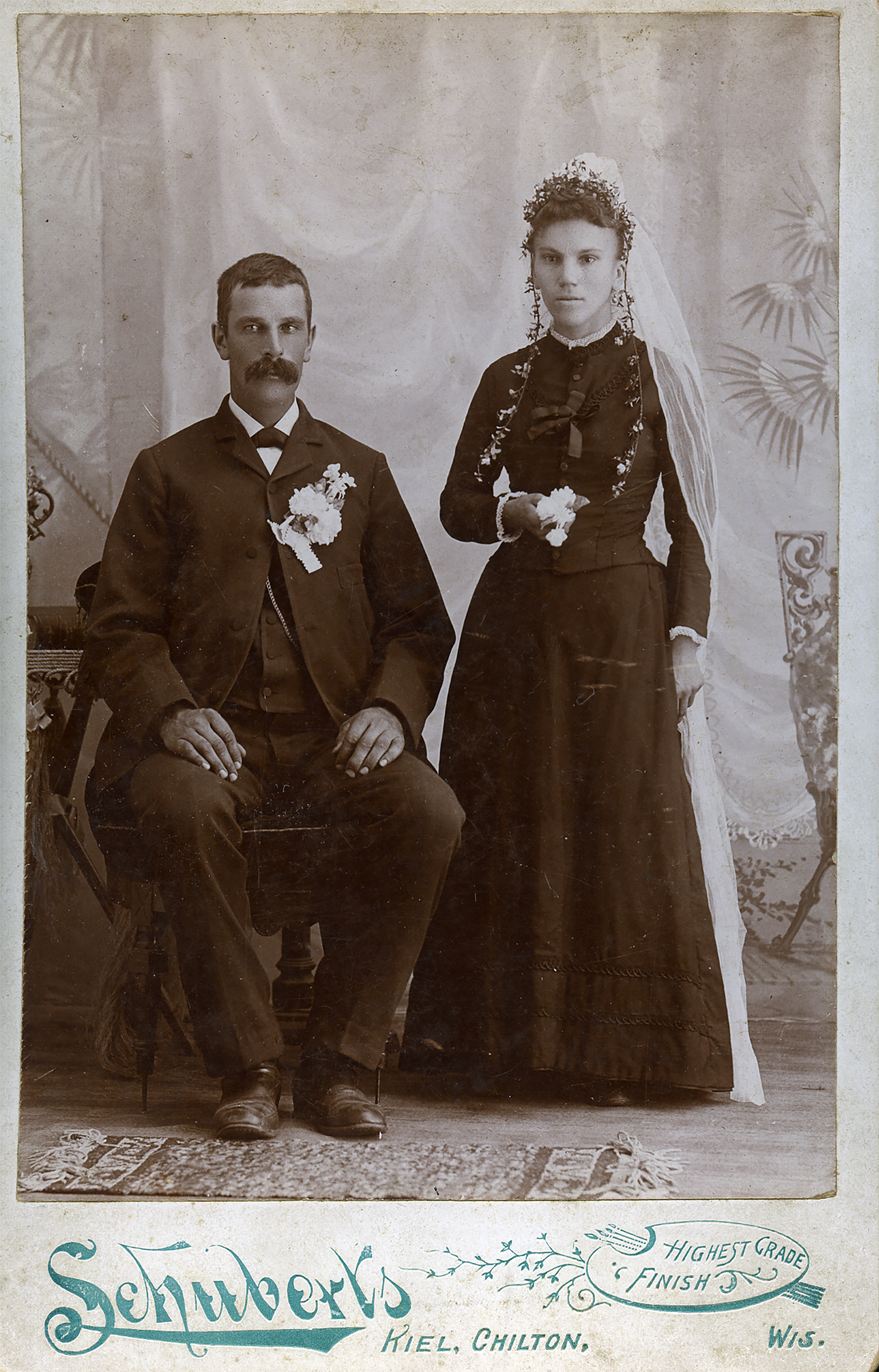


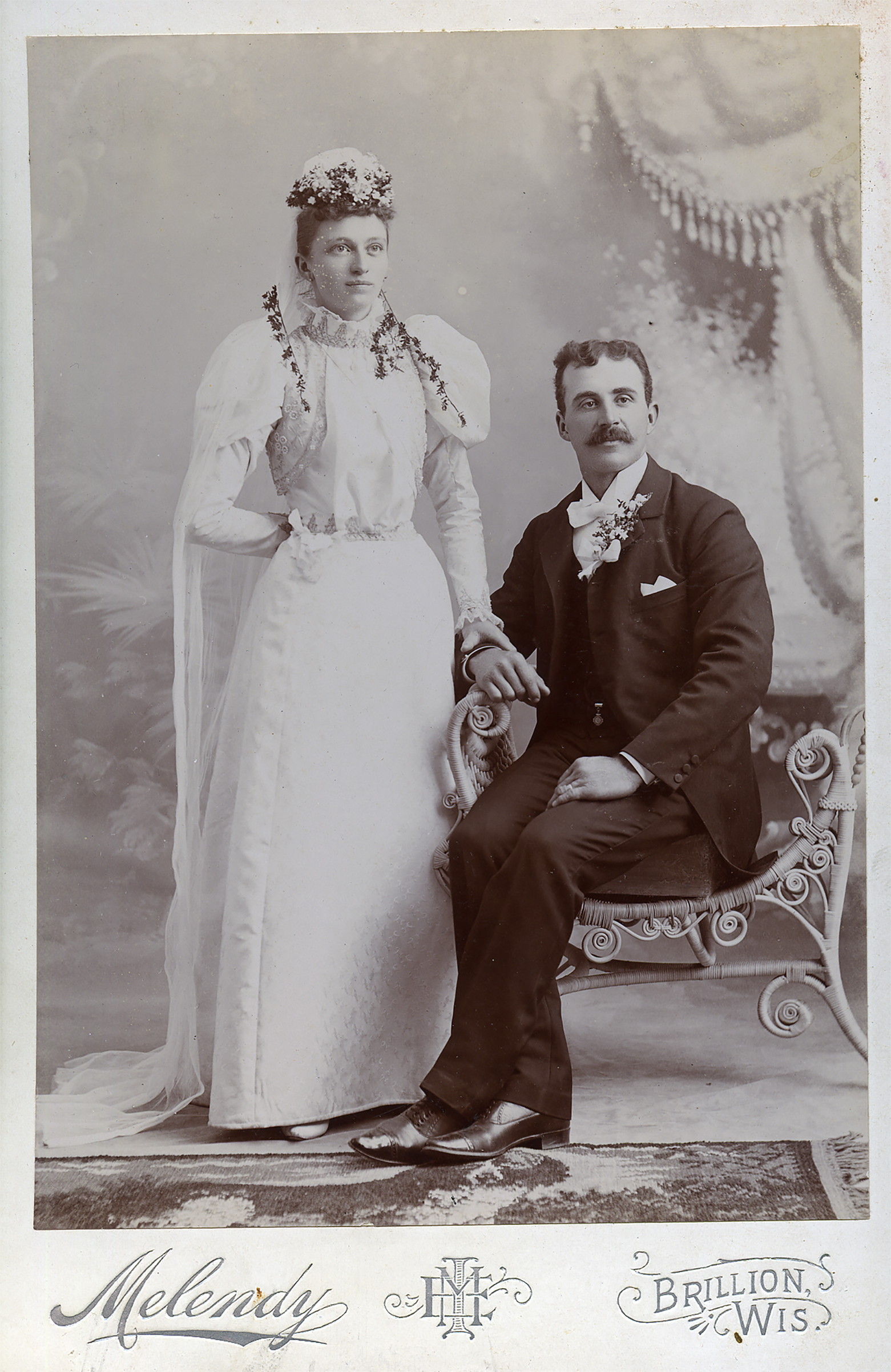
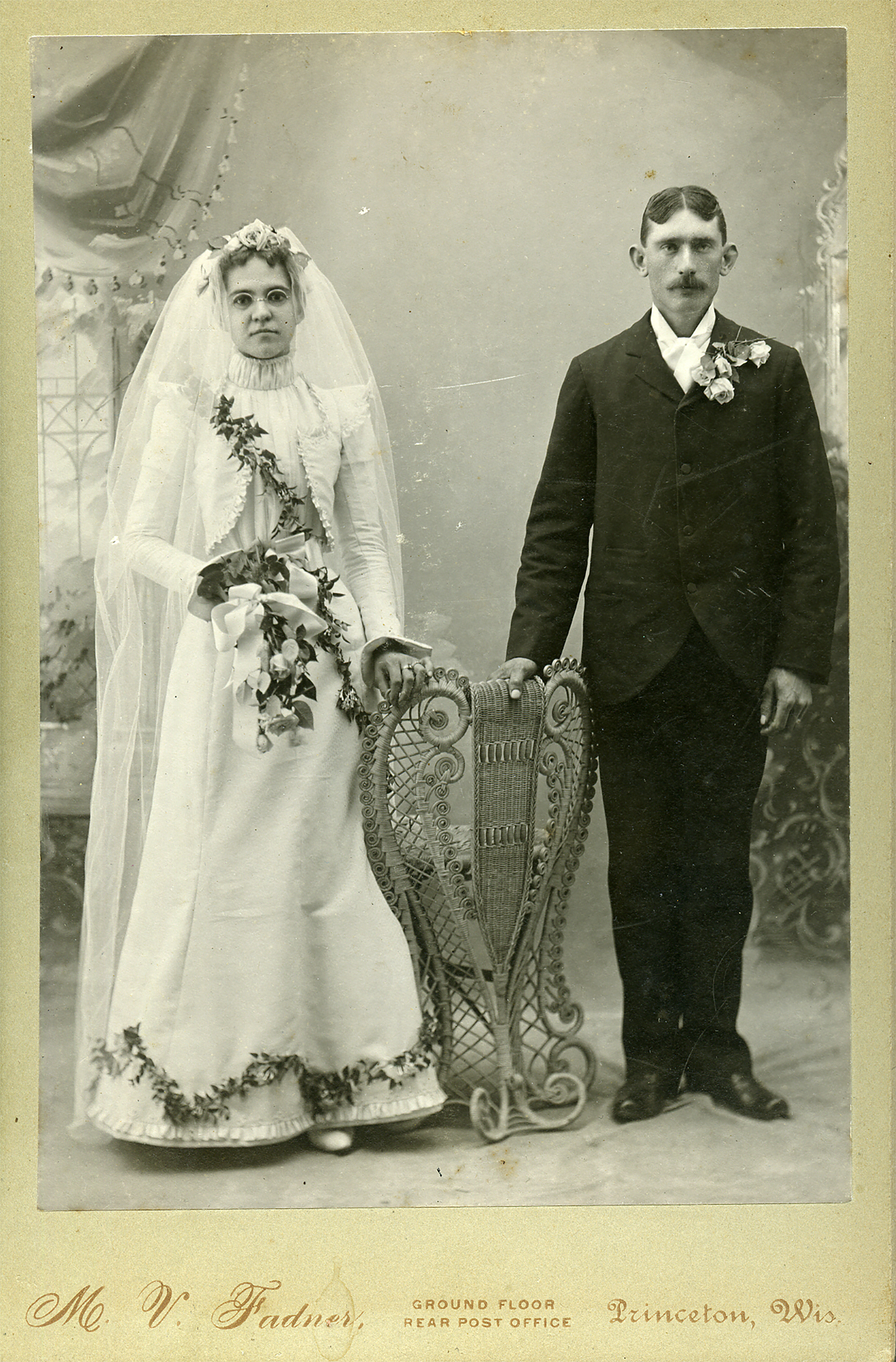
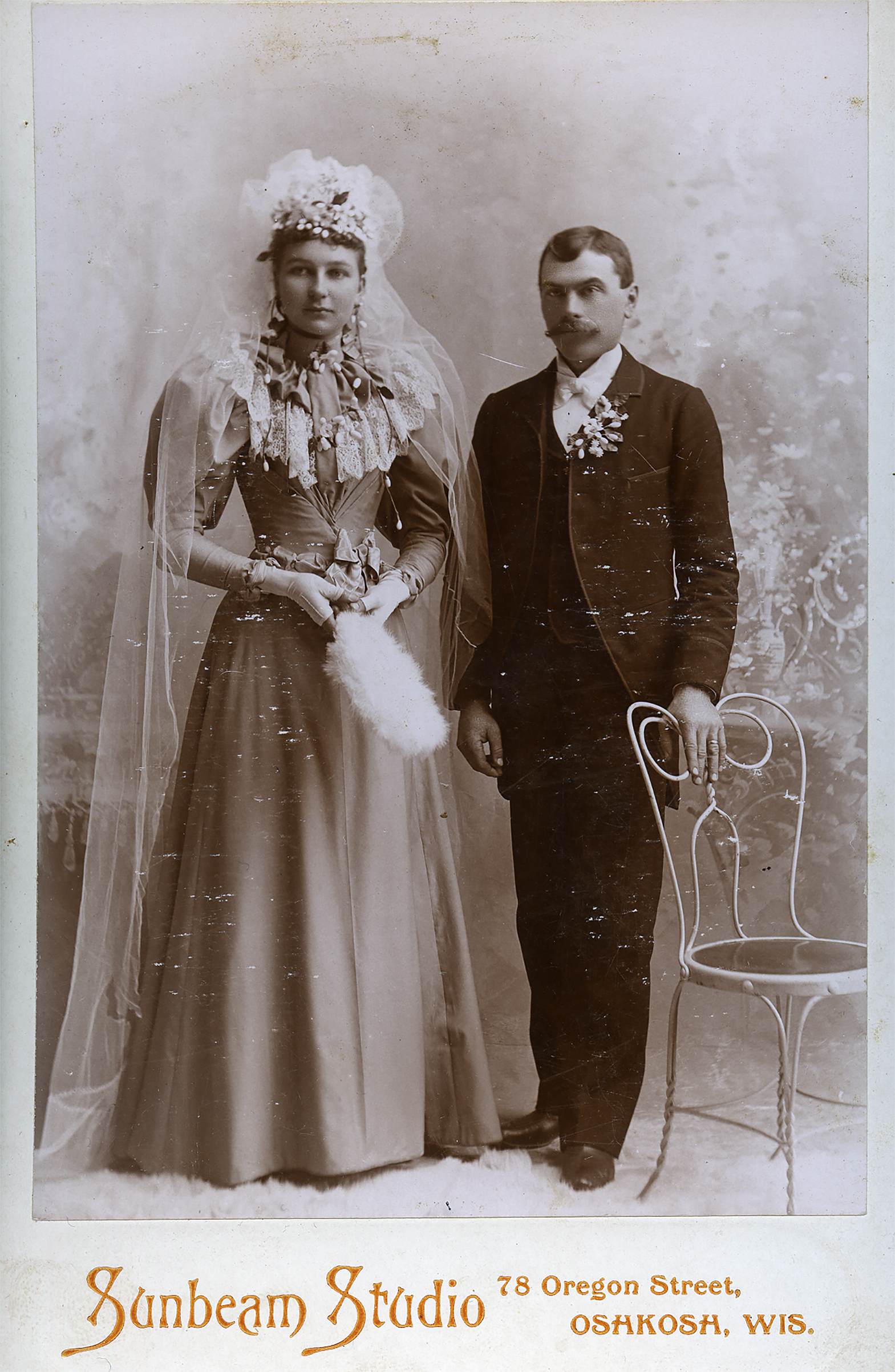
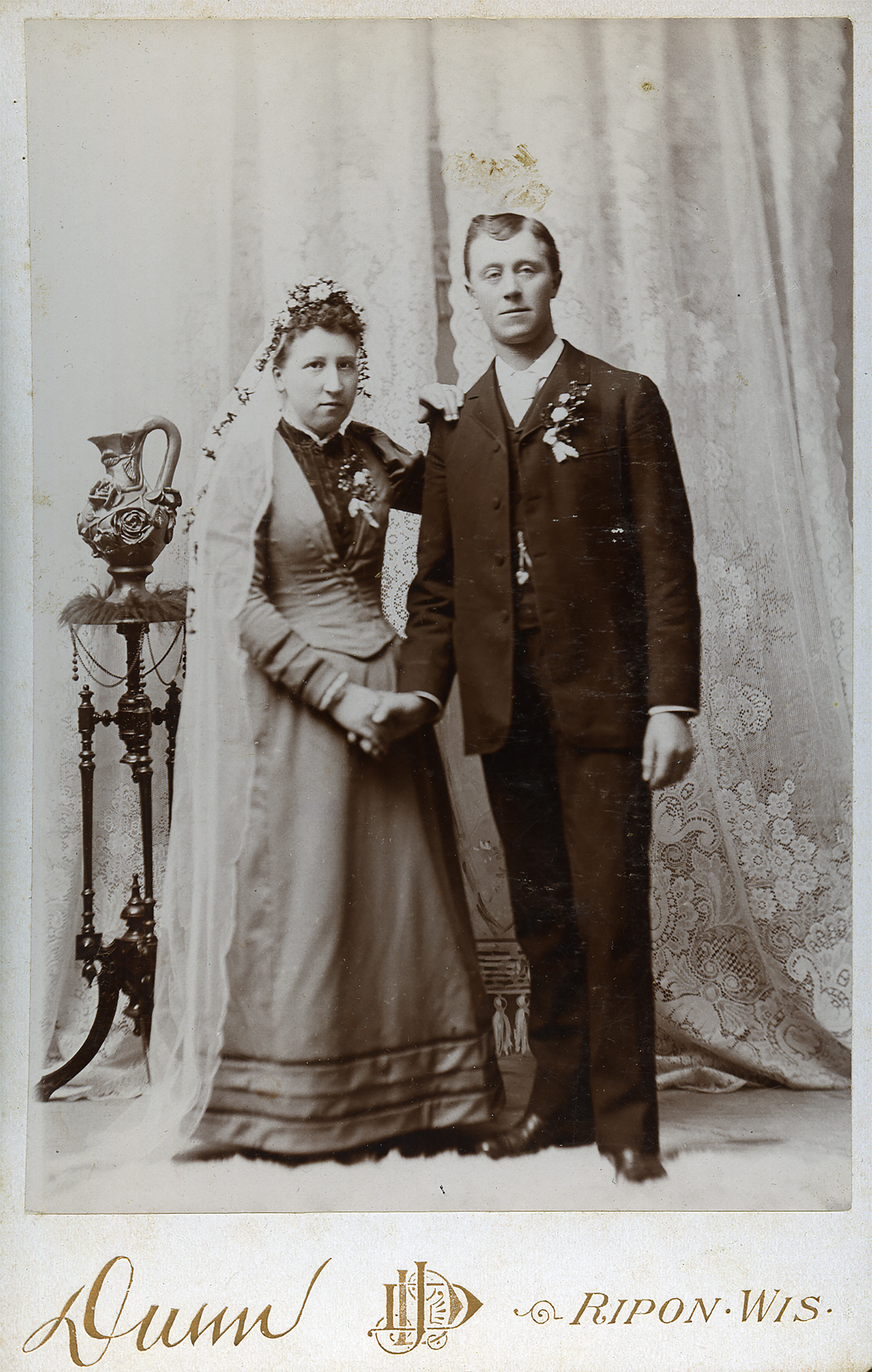

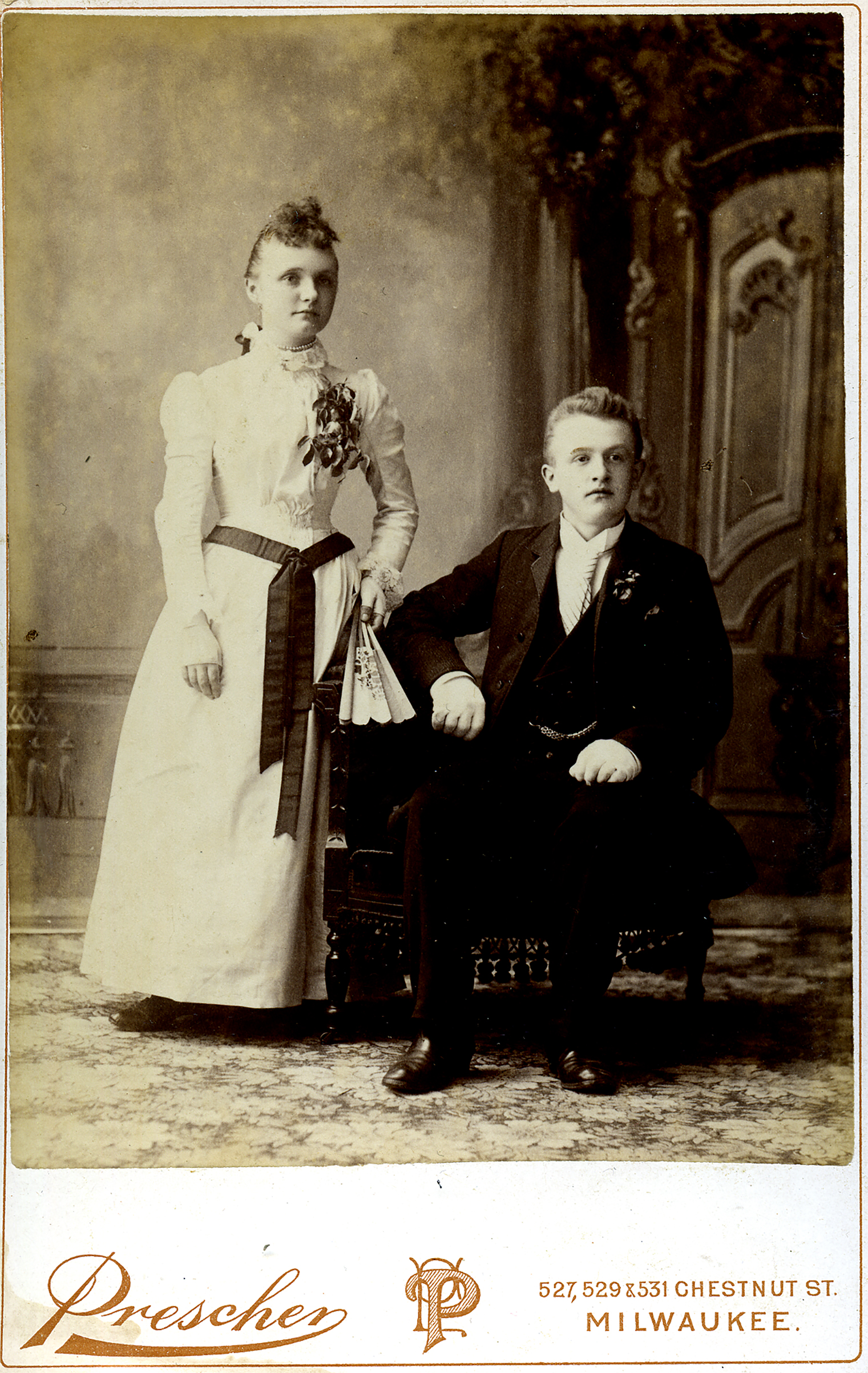





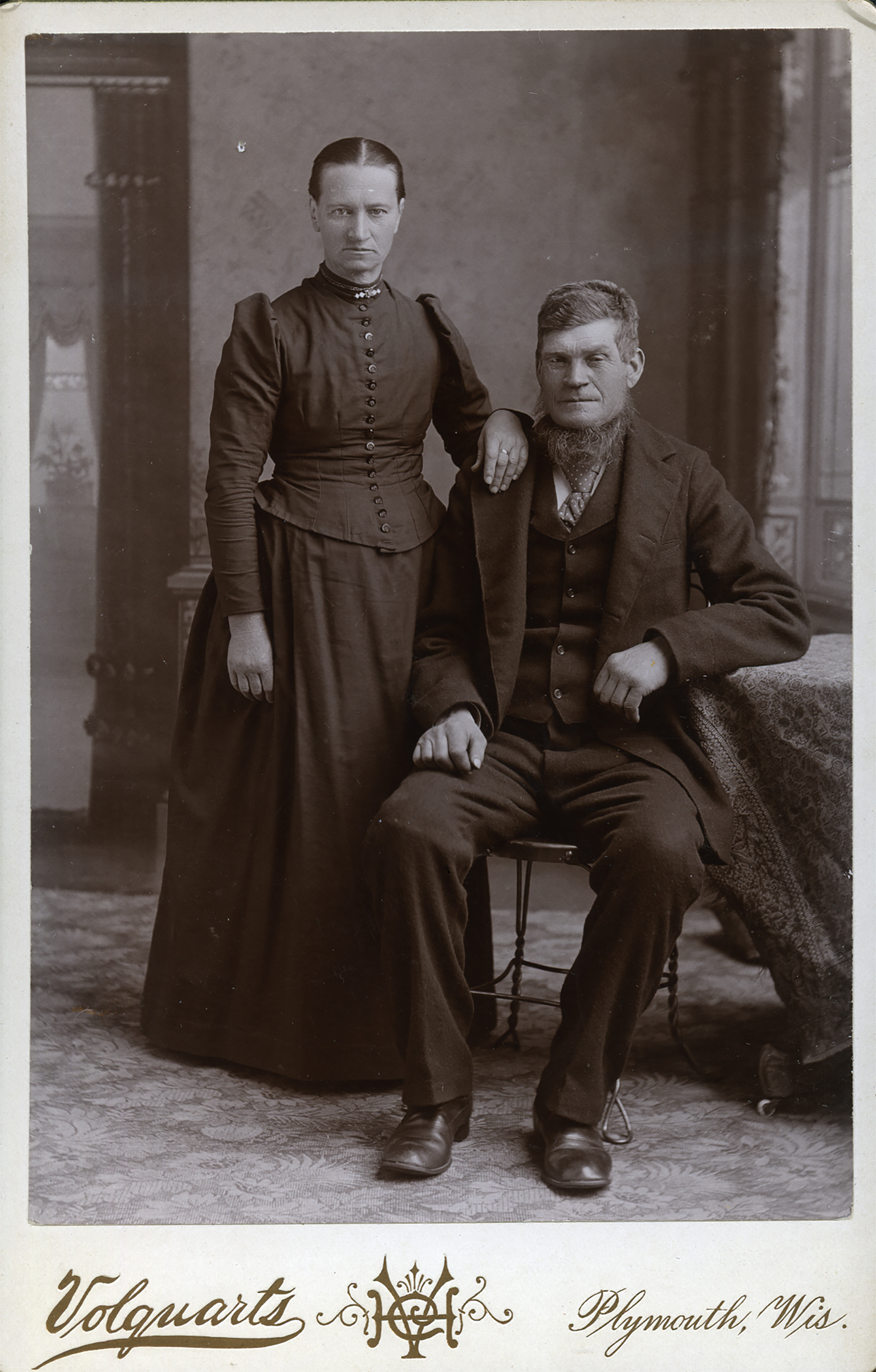
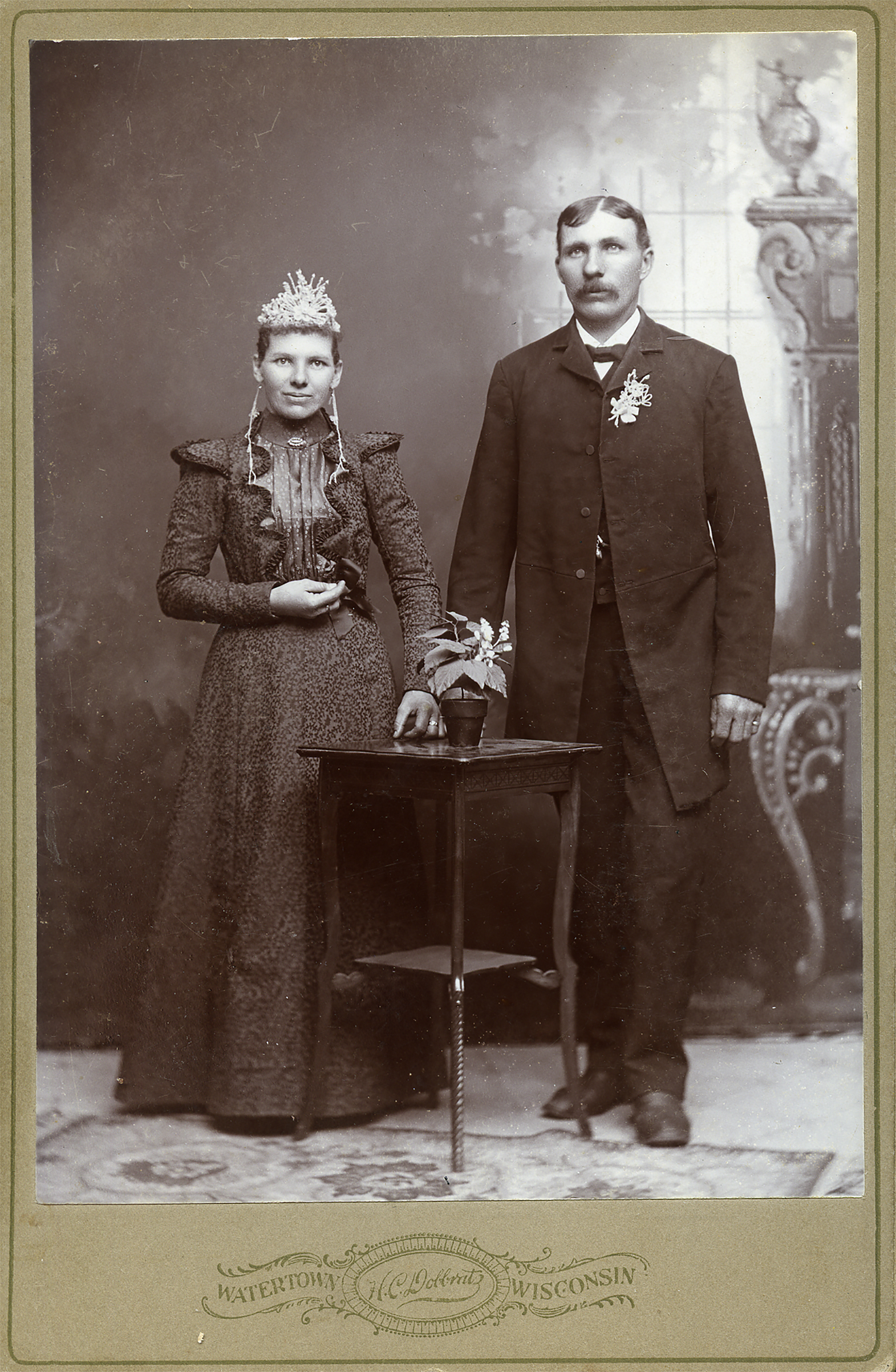
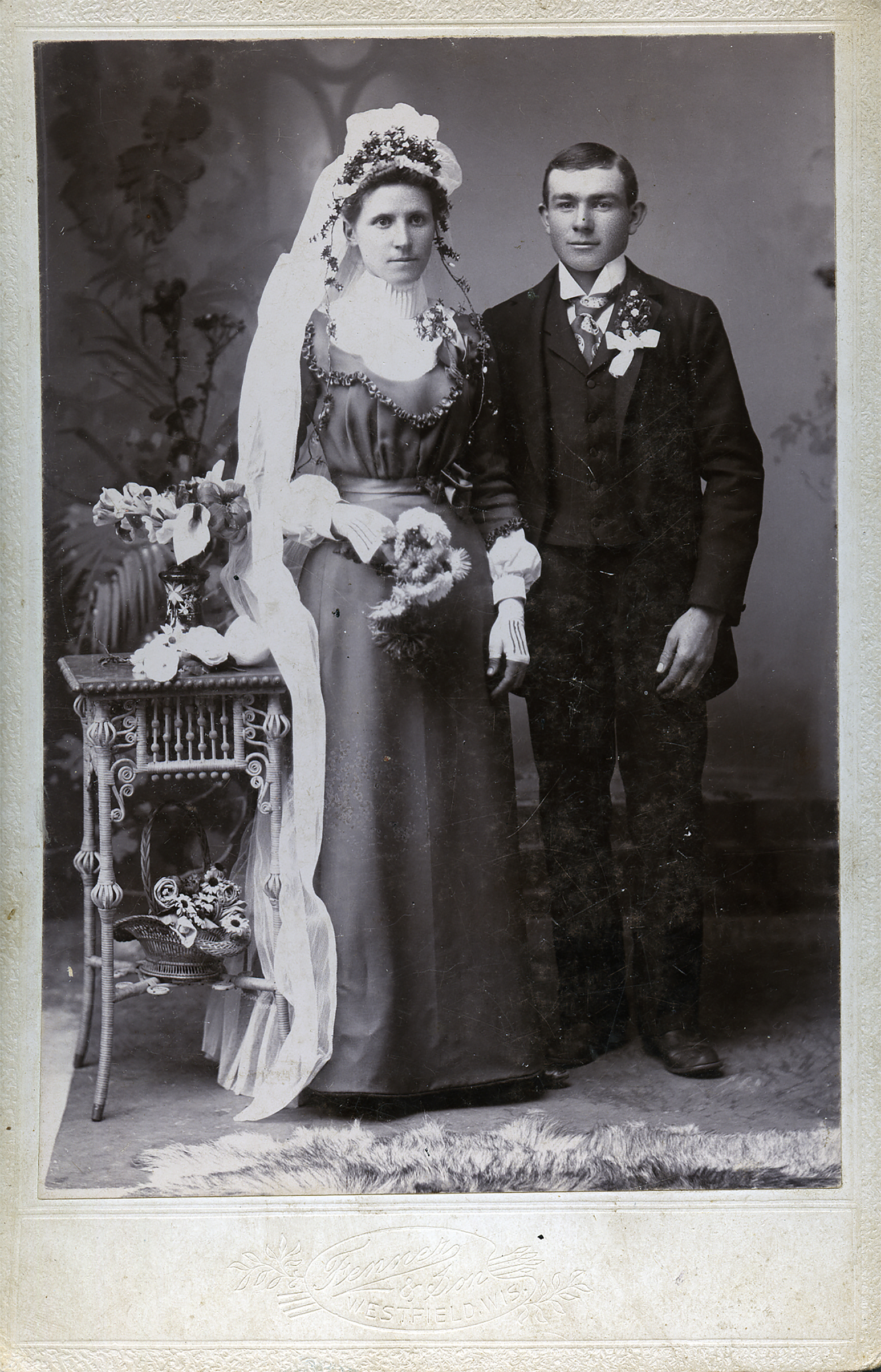
More Must-Reads from TIME
- Cybersecurity Experts Are Sounding the Alarm on DOGE
- Meet the 2025 Women of the Year
- The Harsh Truth About Disability Inclusion
- Why Do More Young Adults Have Cancer?
- Colman Domingo Leads With Radical Love
- How to Get Better at Doing Things Alone
- Michelle Zauner Stares Down the Darkness
Contact us at letters@time.com